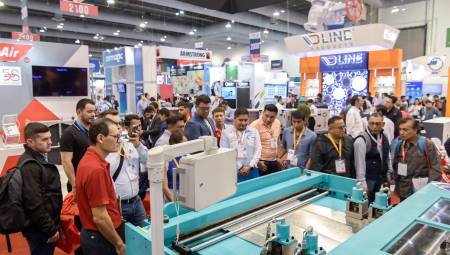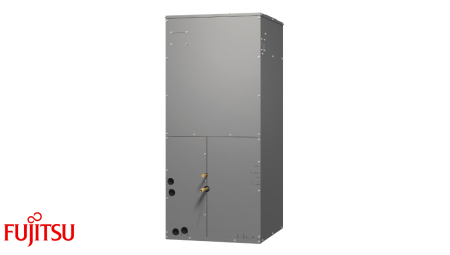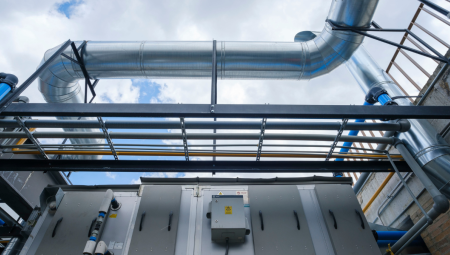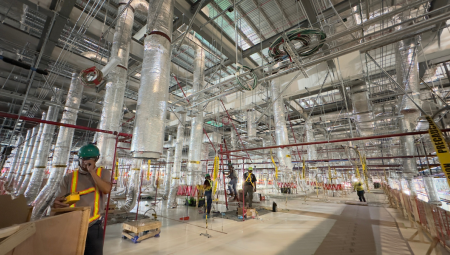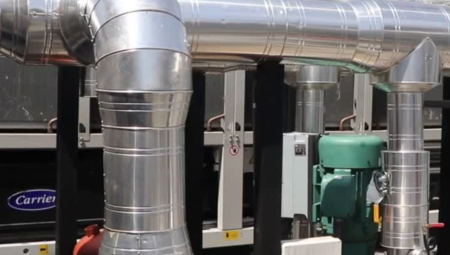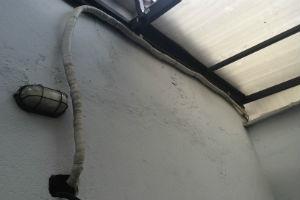 In this article, the author emphasizes the incidence of engineering malpractice in systems and equipment in air conditioning projects.
In this article, the author emphasizes the incidence of engineering malpractice in systems and equipment in air conditioning projects.
by Camilo Botero*
In this era in which climate change and the impact on the environment are evident and dramatic, it is an obligation of the air conditioning (and refrigeration) guild, to make their projects "ideal" and that we make a joint and even supportive effort to achieve that these projects reach the state of the art of the Zero Energy Balance, that is, that the energy consumption is compensated with that generated in situ with different alternative energies.
But the reality is unfortunately different, and there are many projects that have multiple flaws in their conception, in the waste of energy, in their little care regarding the quality of indoor air, the quality of the installation, its aesthetics, all coupled with operation and maintenance of the systems carried out by unqualified and inexperienced personnel.
And why do you get to these situations if there are in general high-performance equipment and varied technologies that would increase the efficiency of the systems, as well as experienced personnel?
I would dare to say that in the first instance it is a problem of regulation and legislation, there is no regulation and legislation in Latin America that requires and penalizes these aspects of malpractice in engineering related to air conditioning.
Parallel to this, as there is no regulation, there are also no independent professionals, duly accredited by a relevant body, who review the air conditioning facilities so that they have efficiencies in energy consumption and indoor air quality, perfectly typified in a regulation, that can be measured and compared.
Engineering Malpractice
On the other hand, when studying in detail the Standard 202 - 2013 of ASHRAE: Commissioning Process for Building and Systems, which could be translated as: Quality Assurance Process for Buildings and Systems, with which it is perfectly defined how the procedure should be to carry out an air conditioning project, it is concluded that we are very far from that practice and if we accept its principles, HVAC engineering malpractice is being incurred in several respects.
This quality assurance process for air conditioning projects begins from the very conception of the project and requires from the beginning, that the Owner's Requirements for the Project are perfectly defined, which most of the time, is not carried out.
Next, the pre-design phase must be studied, where the bases for the design are written, in perfect consonance with the requirements of the owner, with whom the design is tendered; and it is at this stage that the supply and assembly documents must be developed with the latest available technologies. But our reality is that most of the time this design is not contracted or is done as a turnkey supply with a civil works contractor, which takes away independence and conditions it technically and economically to the work and not to the search for maximum efficiency and indoor air quality. This is engineering malpractice that we must correct, for the benefit of all and as a contribution to the mitigation of climate change.
Then comes the construction phase: supplies and assemblies, and of course if the supply and assembly documents are not perfect and independently elaborated, this construction is left with defects, which are sometimes intensified by the fact of hiring inexperienced and unqualified personnel for the assemblies, usually of low wages.
I have for the assemblies two phrases that have helped me a lot: "The assembly must be 'perpendicular parallel and aligned' and "The engineering works well done, look beautiful"... and you only have to go to the montages, to see how everything looks like "patuleco".
When you go into the details of the equipment and systems, you can see too often that equipment of very poor efficiency is used, almost always by price factor, without taking into account that this lower initial value is paid by far and exceeded with the costs of electrical energy, which occurs throughout the useful life of the building. When pipe diameters and duct sizes are verified, sometimes, to reduce costs, they become lower than those required, which results in a greater consumption of electrical energy in pumps and fans.
As for the prescriptive aspects in standard 62 of indoor air quality, compliance is very poor, it is often not specified and if it appears it is not installed properly, but nothing happens because there is no regulation that requires it in the country, the same happens with standard 52 of filtration, which is usually not fulfilled.
Nor is it met many times with the number of changes per hour and this talking about standard facilities that only require human comfort; nor is it said how are the facilities for hospital, pharmaceutical, food and industrial applications in general.
Then comes the O&M phase, in which, sometimes, employees with zero knowledge of the system are responsible for turning them on and off, and also hires personnel without adequate qualification to do the maintenance of these indispensable systems, which have had a considerable investment. This means that shortly after starting the systems, they have lost their performance and compliance with the parameters of temperature, relative humidity, air filtration, number of changes per hour with noticeable increases in energy consumption and can even produce the syndrome of the sick building, by generation of microorganisms in condensate trays and cooling towers, closure of the outdoor air dampers, clogging of the filters, fouling of the coils, dirt in the ducts, etc.
It would be very convenient to carry out energy and indoor air quality audits in all the air conditioning systems that are operating in the country, quantify how their performance is, update the equipment of obsolete generations and guarantee that the building does not have the syndrome of being sick, because of its air conditioning system.
It follows from the above that we have a great responsibility to elaborate the rules and regulations with the specificities for Colombia (fortunately there are those of ASHRAE, but they are not mandatory regulations and in some aspects do not apply in the country). This is a task that no longer gives more time.
On the other hand, the improvement towards a Zero Energy Balance requires professionals trained in the latest technologies, certified in their work skills and a regulatory and legal framework with which we can have excellent performances, for which we must promote the virtuous circle of Training + Standardization + Certification.
* Camilo Botero is the current Secretary of the Federation of Ibero-American Associations of Air Conditioning and Refrigeration - FAIAR; he was president of ACAIRE and is president of Camilo Botero Ingenieros Consultores Ltda. He has worked as a teacher in several Colombian universities, guilds and currently in ACAIRE in diploma courses of air conditioning projects, energy efficiency in air conditioning and refrigeration, cogeneration and trigeneration, applied psychometrics, thermodynamics, fluid mechanics, heat transfer and turbomachinery. ([email protected]).







